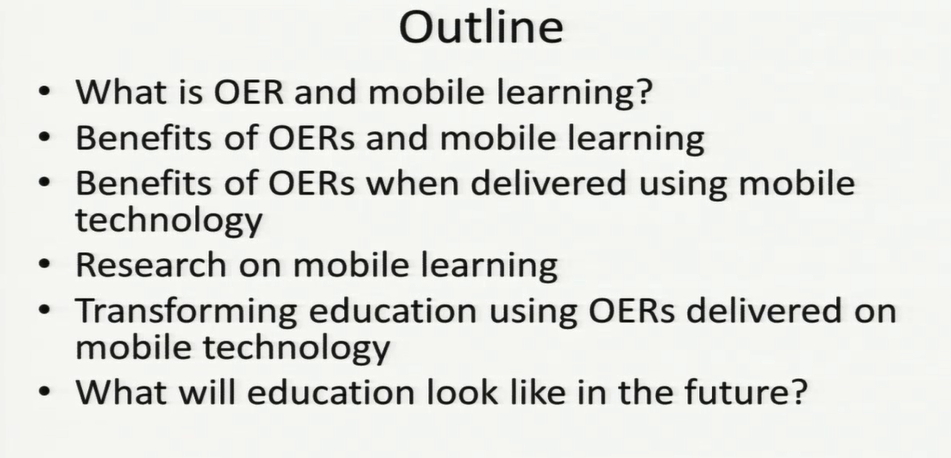The purpose of this study was to explore the engineering problem finding ability of high school students at three high schools in Minnesota. Students at each of the three schools had differing backgrounds including pre-engineering coursework, traditi...
http://chineseinput.net/에서 pinyin(병음)방식으로 중국어를 변환할 수 있습니다.
변환된 중국어를 복사하여 사용하시면 됩니다.
- 中文 을 입력하시려면 zhongwen을 입력하시고 space를누르시면됩니다.
- 北京 을 입력하시려면 beijing을 입력하시고 space를 누르시면 됩니다.
https://www.riss.kr/link?id=T12103384
- 저자
-
발행사항
[S.l.]: University of Minnesota 2009
-
학위수여대학
University of Minnesota Education, Work/Community/Family Educ
-
수여연도
2009
-
작성언어
영어
- 주제어
-
학위
Ph.D.
-
페이지수
142 p.
-
지도교수/심사위원
Adviser: Theodore Lewis.
-
0
상세조회 -
0
다운로드
부가정보
다국어 초록 (Multilingual Abstract)
The purpose of this study was to explore the engineering problem finding ability of high school students at three high schools in Minnesota. Students at each of the three schools had differing backgrounds including pre-engineering coursework, traditional technology education coursework and advanced science coursework. Students were asked to find problems in two different engineering scenarios which were presented to them on a paper and pencil instrument. Responses were scored by a panel of judges based on measures of creativity (flexibility, fluency, originality and elaborateness) and analyzed based on demographic data including gender, prior coursework and school. In addition student responses were categorized and evaluated qualitatively based on school and gender of respondent. Quantitative results indicate that the most consistent predictor of creativity in engineering problem finding scenarios was the number of advanced science classes. Specific measures of creativity included other significant predictors but advanced science coursework was the most consistent across all measures and scenarios. The qualitative results showed striking differences in the responses from students at different schools. Students from schools with a pre-engineering and advanced science emphasis found similar categories of problems and had a similar view of the purview of engineers while students with a technology education background focused on a rather different set of problems and had a much narrower view of engineering. Results show clear differences in the types of problems found by students at these three high schools as well as their understanding of the scope of engineering problems. Educators need to become more aware of the importance of problem finding in engineering and better encourage the development of problem finding skills among their students. Specifically, technology education teachers may need supplemental professional development related to the scope of engineering and engineering problem finding as well as how these concepts might be infused into their curriculum and encouraged among their students.
분석정보
연관 공개강의(KOCW)
-

Engineering Diploma Functional Skills
Teachers TV Teachers TV -

Engineering Diploma: Inspiration
Teachers TV Teachers TV -

Education Policy at the Party Conferences
Teachers TV Teachers TV -

Engineering
Teachers TV Teachers TV -

2014 이러닝 국제 콘퍼런스 : Open Education Resources with Mobile Learning to Transform Education
한국교육학술정보원 Mohamed Ally






